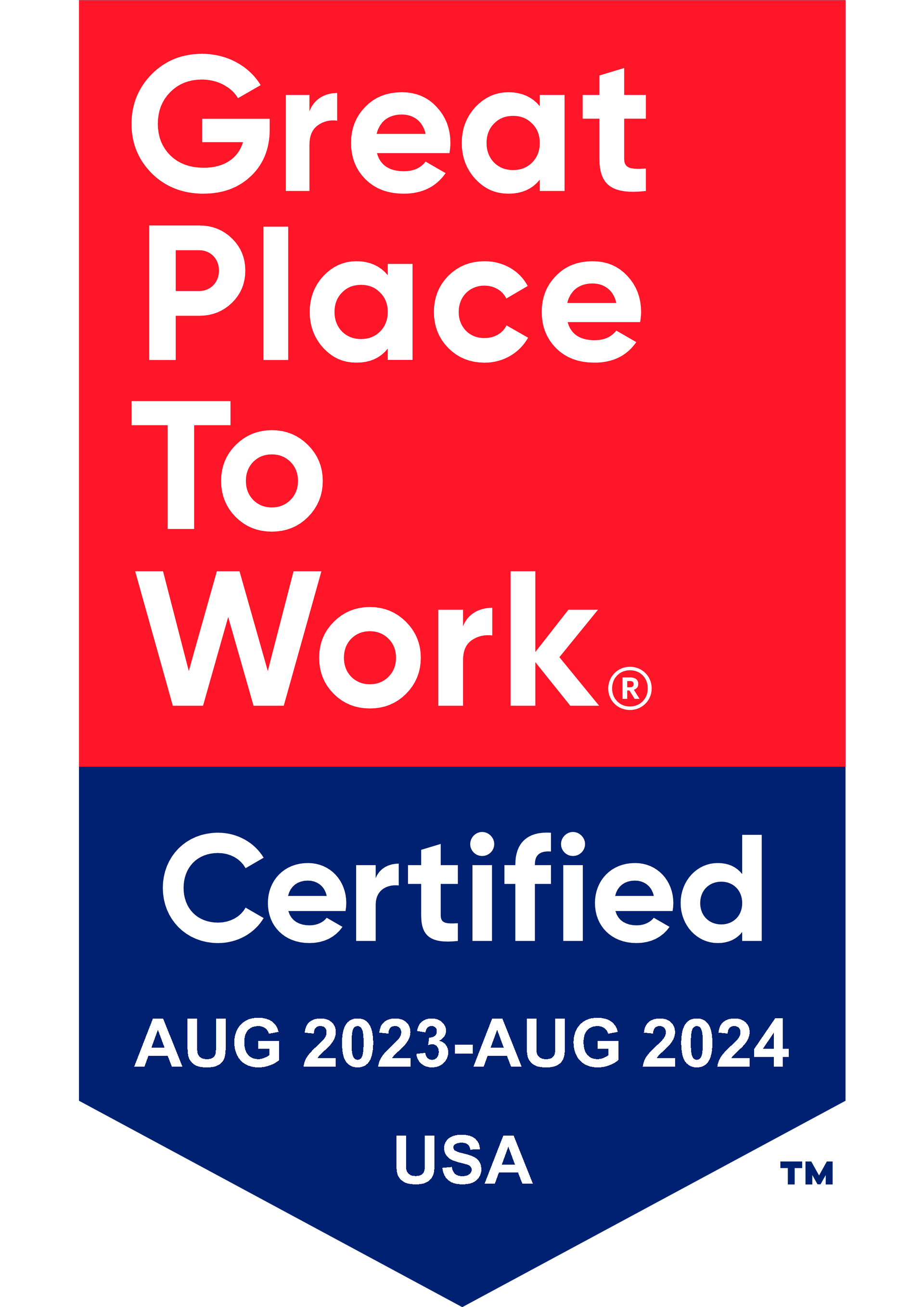Get in touch
408-366-8880
mymail@mailservice.com

Personnel Files: What Employee Documents to Keep on File?

Employers have a lot of employee data to manage. Ensuring that information is appropriately recorded and stored is essential to doing business. Compliance, security, accuracy, and maintenance are all critical aspects that require careful consideration.
Personnel files are used to store many types of employee information collected, though not all types of information belong in a personnel file.
What Are Personnel Files?
A personnel file is a place employers use to store the necessary documentation associated with each employee working with the company. Personnel files represent the individual's employment status, position, and employment history.
Some employment information is specific to each employee, while others are standard and go in every employee's file.
What Are Other Types of Employee Files?
Due to security, compliance, and confidentiality, not all employment information and files should be in a personnel file. For this reason, other files are often used, including a payroll file, benefits file, medical file, and I-9 form file.
- Payroll file: A payroll file includes documents related to compensation and pay, like tax forms, base salary, bonuses, and time sheets.
- Benefits file: Benefits files maintain an employee's benefit elections, beneficiary information, and other benefit-related information.
- Medical file: Medical files include any documentation about medical accommodations, medical leave, and emergency contacts.
- I-9 file: I-9 forms must be stored separately in their own file. Many organizations keep all employee I-9s in a single file for efficiency.
Most employee files are maintained electronically in today's world. However, some organizations might still use hard-copy files for different types of information.
What Are the Different Types of Employee Information?
Employment documentation spans the entire employment lifecycle, from pre-employment through to post-employment. Certain types of documentation are wise to maintain but not necessarily required by law. Others, however, are required by law.
Here are some types of documentation employers typically maintain in employee files.
Basic Personal Information
Primary data maintained about employees includes personal information, like full name, preferred name, home address, mailing address, date of birth, emergency contact, spouse, employment status, and so on. Education, certifications, and qualifications are also maintained as basic personal information.
Onboarding, Hiring, and Employment-Related Documents
Employers should maintain hiring documents to support reference to pertinent information at the time of hire should any questions arise. Hiring-related documentation includes:
- I-9 forms
- Offer letters
- Resumes
- Employment applications
- Reference checks
- Interview notes
- Employee handbook receipt acknowledgments
- Policy receipt confirmations
- Employment agreements
- Confidentiality agreements
- Non-disclosure agreements
- Union contracts
- Non-compete contracts.
- Non-solicitation agreements
- Corporate credit card agreements
- Company car agreements
Many of these documents must be maintained by law for a certain period of time. Even if they aren't, many should be kept because they provide legal protection should an employee question their agreements and offers or if they don't adhere to policies they signed.
Performance Documentation
It's vital for employers to maintain performance documentation to protect both the employee and the employer should an issue arise. Performance documentation also supports ongoing employee development and growth. Typical performance-related documentation includes:
- Performance evaluations
- Performance issue documentation
- Performance improvement plans
- Employee self-assessments
- Peer reviews
- Employee awards and certificates
- Internal and external complaints
- Demotion records
- Promotion records
Training and Development
Training and development records, like the following, help organizations remain on top of an employee's career development plan and current skillset and support succession planning processes.
- Training records
- Education
- Development plans
- Career development path
- Succession plans
Payroll and Benefits
Most of the following types of information will go in an employee's payroll file, while some will go in a benefits or medical file.
- Employee salaries
- Merit increases
- Cost of living (COL) increases
- Annual bonuses
- Retention bonuses
- W-4s
- W-9s
- Timecards
- Benefits enrollment
- Beneficiaries
- Worker's compensation claims
- Leaves of absence
- Paid time off records
Post-Employment Documentation
Employment documentation doesn't end with the end of employment. Below are some of the pertinent types of employment documentation maintained in employee files. Most of these will go in a personnel file, while some will go into one's payroll and medical files.
- Termination letters
- Retirement documentation
- Resignation letters
- Reasons for dismissing or terminating employee documentation
- Cobra notification
- Unemployment compensation forms
- Copy of final paycheck
- Confirmation of return of company property
- Exit interviews
What Documents Are Required by Law?
Laws require employers to ensure employee data remain protected and secure. Many laws also dictate what documents are required by law.
The Equal Employment Opportunity Commission (EEOC) requires all employment records be maintained for a year. If an employee is involuntarily terminated, their personnel record must be retained for one year following the termination date. The ADEA recording guidelines require employers to maintain all payroll records for three years. They must also keep any written merit system or seniority system and employee benefit plan records for the entire period the plan is in effect or at least a year after its termination. The Fair Labor Standards Act (FLSA) also requires employers to maintain all records that explain why employers pay employees of opposite sexes different wages, including job evaluations, collective bargaining agreements, wage rates, merit systems, and seniority systems, for at least two years.
The following documents are required to be maintained by law:
- Basic employee information, including name, phone number, address, and emergency contact details
- Payroll and compensation data as listed above
- IRS tax withholding forms, including W-9s and W-4s
- Employment agreements and contracts, including offer letters and others listed above
- Worker's compensation documentation and claims
- Child support documents
- Termination documents, as outlined above
- Employee benefits forms, including enrollment forms, beneficiary information, 401(k) forms, and HSA agreements
What Should You Not Place in Employee Files?
Though a significant amount of data is required by law, and that data can be maintained in one of the different types of employee files, some data must be kept separately or additionally secured. This data includes:
- EEO records
- Background checks
- Documents related to an ongoing investigation
- Private employee data, like social security numbers, bank account information, and immigration documents
- Documents protected by the Health Insurance Portability and Accountability Act (HIPAA)
- Worker eligibility documents, like I-9s, driver's licenses, and immigration status documents
- Medical records and doctor's notes
- Pre-employment records, except for applications
Who Maintains Personnel Files?
Personnel files are typically maintained by individuals within the HR department. Payroll generally oversees payroll files, benefits manage benefits files, and so on. HR managers, advisors, or generalists typically maintain general personnel files.
What's the Best Way to Organize and Secure Employee Personnel Files?
An effective employee file management policy addresses how an organization files, retains, and destroys company records to remain compliant and have ease of access. To support the policy, you also have to determine how you will maintain your files.
Maintaining a paper filing system is one option, though it's outdated and tends to be cumbersome. However, an electronic filing system allows for improved efficiency, productivity, compliance, privacy, and security. All documents can be maintained in a centralized location, allowing for ease of storage and access. An electronic document management system (EDMS) also allows for improved reporting, metrics, and analytics.
Additional benefits of an EDMS are that they come with an encrypted service to support compliance, you can choose to manage the entire employment lifecycle within one system, from onboarding to offboarding, and an EDMS solution can be cloud-based. Cloud-based solutions make ease of access possible, regardless of where your employees are located or working.
Tips for Personnel File Maintenance
1. Develop a personnel file policy. As previously mentioned, an employee file management policy, including a personnel file policy, should outline document filing, access, and retention guidelines.
2. Conduct an annual audit of your records. An HR audit of employee records should be conducted annually to ensure compliance.
3. Develop a coding system. A coding system that allows you to quickly determine what files contain what type of information and how long they should be maintained will support compliance and filing efficiency.
4. Create a retention spreadsheet. A retention spreadsheet that includes all your employee names is useful when an employee terminates employment. As employees leave the company, you can use the retention spreadsheet to help you determine when you can shred their documents by inputting their date of termination and working forwards from there.
5. Back up files. Even if you use an electronic management system, issues can arise, technology can malfunction, and files can corrupt. Backing up your files will ensure you can remain efficient and productive if any of these challenges occur.
How Do You Select the Best Personnel File Solution for Your Business?
Personnel files are essential for data collection, access, and compliance. To determine the best process and system that works for your organization, begin with the information provided above and research solutions that meet your organization's current needs and size.
You can also work with technical consultants. The KBI team includes HR technology solutions experts that can guide you in choosing the best system to support your needs. Contact us today for more information.
Services
Latest Thinking



